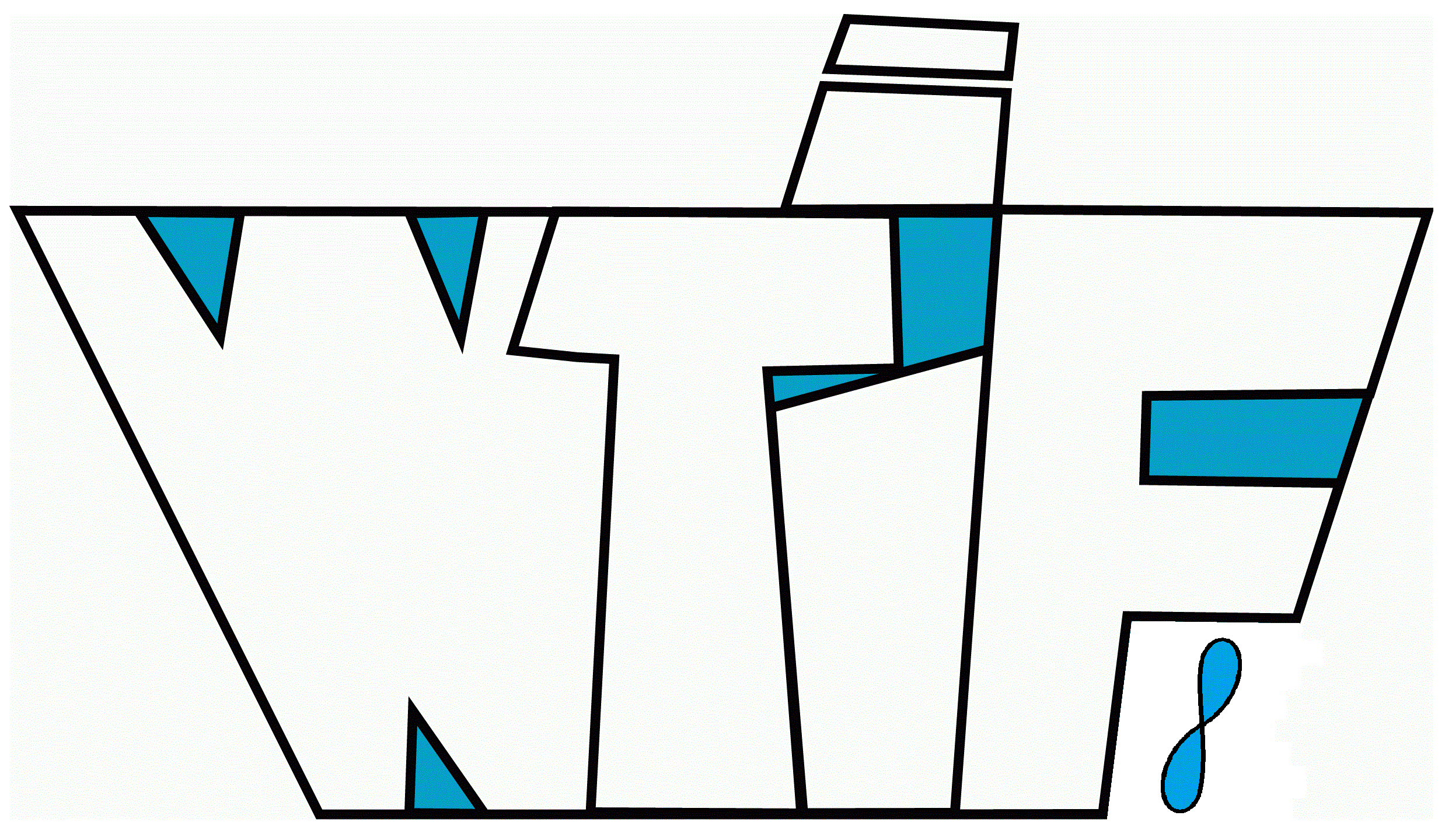R&D project: A tool for strategic risk assessment for the waterways based on the principles-driven method
Acronym: ASTRA
webpage: www.astra-project.wtif.pl
Agreement number: MarTERA4/1/10/ASTRA/2023
Project duration: March 2023-February 2026
Consortium: WTIF -leader, NavSim, Gdynia Maritime University, Ozyegin University.
The project is financed by National Center for Research and Development in Poland within a framework of the MarTERA Cof-fund program.


Abstract
Maritime accident risk is typically assessed using a variety of methods, including quantitative and qualitative approaches that use different risk indicators and consider a range of technical aspects of transport. However, they do not adequately reflect the causes and factors underlying maritime accidents. These include the effects of surrounding traffic and bathymetric conditions on human performance and thus the likelihood of an accident. In addition, the methods do not adequately consider navigation in confined waters, i.e., inland and coastal traffic. Proper strategic planning of waterways by government agencies cannot be done properly without reliable algorithms that consider the relevant factors.
To fill this gap, ASTRA is developing a novel method and tool for all parties interested in a diagnostic assessment of maritime traffic. The tool will quantify the risk measured with the accident potential for a given sea area based on relevant and observable variables that can be derived directly from traffic and bathymetric data and that are directly linked to the performance of a navigator on board a vessel. Three elements are considered here as major factors affecting human performance in evasive manoeuvres during accidents: Waterway complexity, Complexity of traffic, Complexity of environment. The proposed method is based on first principles parameterized using Big Data analysis and machine learning methods, as well as on experts’ knowledge and understanding of the subject.
Thus, ASTRA presents a novel, unique, science-based, industry-friendly, and user-intuitive solution to strategically assess and mitigate accident risk in maritime transportation systems (collisions, crashes, and groundings).
